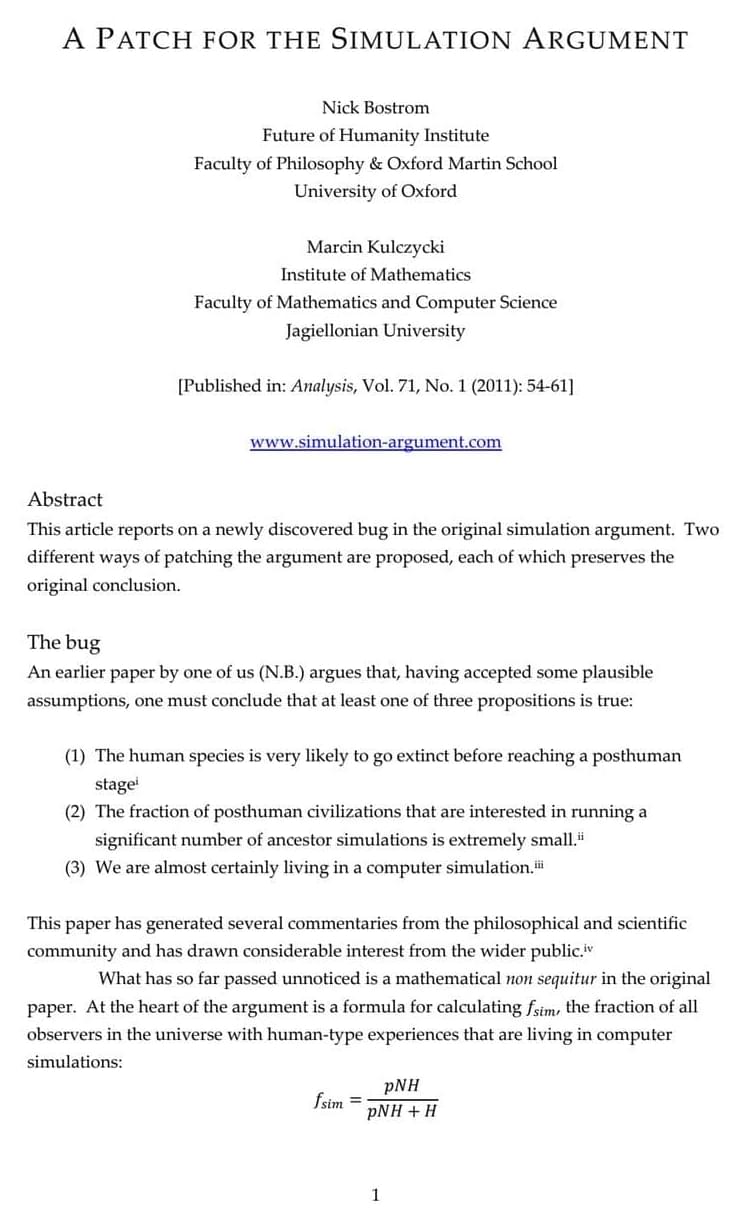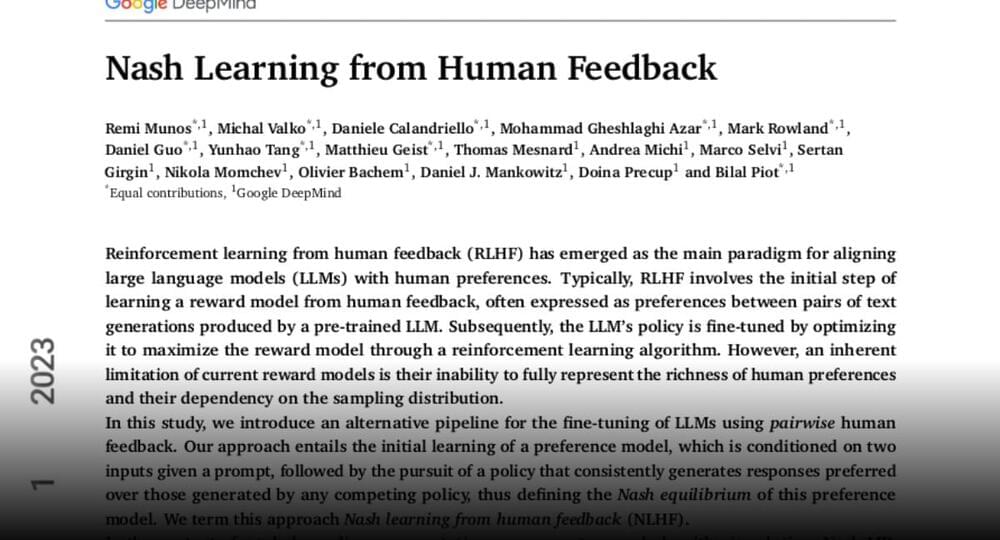Shared with Dropbox.





An enormous dark hole has opened up in the sun’s surface and is spewing powerful streams of unusually fast radiation, known as solar wind, right at Earth. The size and orientation of the temporary gap, which is wider than 60 Earths, is unprecedented at this stage of the solar cycle, scientists say.
The giant dark patch on the sun, known as a coronal hole, took shape near the sun’s equator on Dec. 2 and reached its maximum width of around 497,000 miles (800,000 kilometers) within 24 hours, Spaceweather.com reported. Since Dec. 4, the solar void has been pointing directly at Earth.
Experts initially predicted this most recent hole could spark a moderate (G2) geomagnetic storm, which could trigger radio blackouts and strong auroral displays for the next few days. However, the solar wind has been less intense than expected, so the resulting storm has only been weak (G1) so far, according to Spaceweather.com. But auroras are still possible at high latitudes.


O.o!!
Submerged beneath a manmade lake in China lies a forgotten city, dubbed by experts as “China’s Atlantis”
The underwater city, known as the Lion City or Shi Cheng, is hidden 40 metres beneath the surface of Qiandao Lake in eastern China.
In 2001, officials discovered – or rediscovered – that the metropolis had been perfectly preserved after years underwater, and by 2017 had opened it up as a diving site for tourists.

Meta, IBM and dozens of startups and researchers have launched an alliance defending a more open and collaborative method to develop artificial intelligence, setting up a clash with OpenAI and Google over the technology’s future.
The philosophical debate has become the central battleground for AI’s future, with increasing concern that Microsoft-backed OpenAI and Google will alone underpin a technology that could become increasingly crucial to our everyday lives.
“This is a pivotal moment in defining the future of AI,” said IBM CEO Arvind Krishna in the statement announcing the AI Alliance on Tuesday.


The following list showcases 30 iconic modern and contemporary buildings that will provide a good starting point for your first visit to Japan’s largest city, including works from renowned architects such as Nikken Sekkei, Herzog & De Meuron, Toyo Ito, Kengo Kuma, Sou Fujimoto, Kenzo Tange, OMA and Kazuyo Sejima.
Geoffrey Miller is a professor of evolutionary psychology at the University of New Mexico, a researcher and an author.
Artificial Intelligence possesses the capability to process information thousands of times faster than humans. It’s opened up massive possibilities. But it’s also opened up huge debate about the safety of creating a machine which is more intelligent and powerful than we are. Just how legitimate are the concerns about the future of AI?